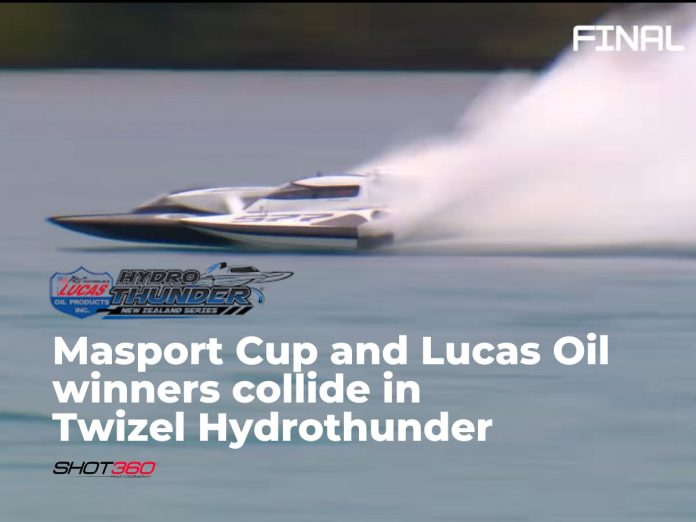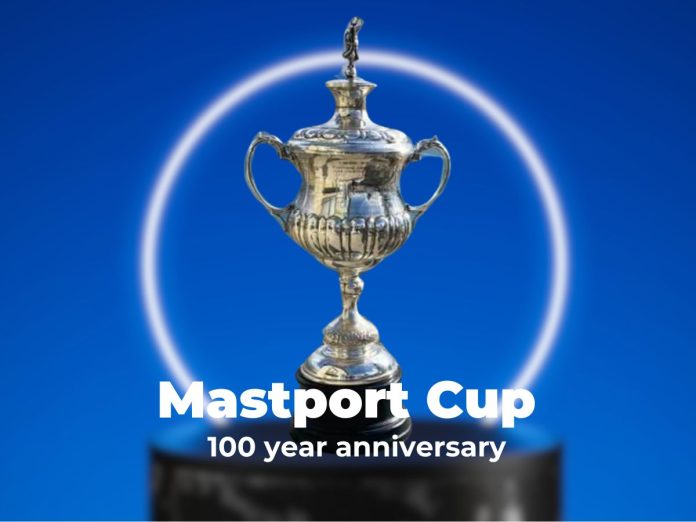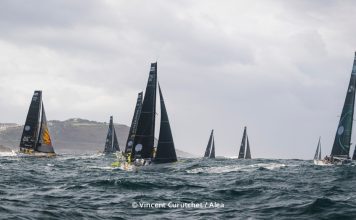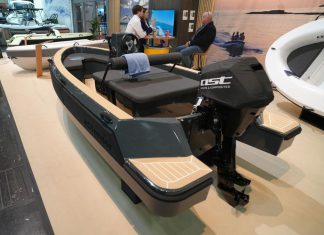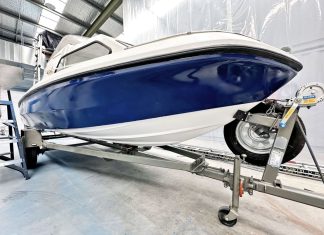The 2025/26 Lucas Oil Hydro Thunder NZ Series opened this weekend on Lake Maraetai, Mangakino, under calm skies and perfect racing conditions. The carpark and roadside were packed well before the first flag dropped, clear proof that Hydro Thunder continues to attract a loyal following from across the country.
Engines on: The 2025/26 Lucas Oil Hydro Thunder NZ Series roars into action
While the Grand Prix Hydroplanes take centre stage, the event is far more than a headline act. From Modified Hydros and Clubman boats to Formula 3, Series 3000, and the Junior classes, the weekend offered non-stop racing for all ages and skill levels. Families set up gazebos along the banks, engines barked to life at the ramp, and young drivers got their first taste of competitive racing under the same banner as the sport’s biggest names.

We watched enthusiastic drivers and supportive families racing around the water-based track; yes, at speed, but more importantly, enjoying themselves and strengthening the family ties that make this sport tick. Hydro Thunder has always been about participation and passion as much as trophies.
The de Mey family (of Nic de Mey Yachts) were also on the water at Mangakino, their new Junior-class hydroplane freshly arrived from the South Island. Quiet whispers around the pits suggest the de Meys may not stop at racing, a move into design and boatbuilding could be on the distant horizon. It’s a space worth watching.

Series ambassador Denise Preece said the turnout was a strong start for the new season, noting that crowds are expected to build as the series builds up, with Lake Karapiro shaping as the peak event of the calendar.
Hydro Thunder is a well-run grassroots motorsport event. Crews are head-down in the engine bays between runs, tools spread across tarps, boats washed and refuelled, and engines barked to life onshore with that unmistakable deep V8 note. It’s part racing, part engineering, and all heart.
Friday served as a full test day as teams tuned engines and prop setups. When qualifying started on Saturday, Jack Lupton showed immediate pace, posting 29.91 seconds for pole, followed by Ken Lupton (30.75 seconds) and David Alexander (31.81 seconds).
Jack converted that pace into a Heat 1 win, with Ken and Scott Coker close behind. In Heat 2, Ken turned the tables to claim victory, Jack finished second, Coker third, and Alexander fourth. The early form suggests the sibling rivalry is back at full strength.
It was an impressive showing from Jack Lupton, especially given the week he’d had. His Canadian-built GP33 was damaged during transport from Waverley to Mangakino, but he quickly switched to his other New Zealand-designed and built GP Hydroplane — a 26-foot Henderson/Auld-built hull that combines a lightweight carbon-composite structure with the proven three-point design used across the Lupton family’s fleet. The boat, which his father Warwick Lupton was set to campaign this season, runs a supercharged 468 cu in HRL-spec V8 producing around 1,300 horsepower, giving Jack the same pace and precision that have earned the Waverley team multiple national titles. Racing under his own banner, Jack has his eyes firmly set on reclaiming the Masport Cup later this summer.

For those of us querying the difference between a hydroplane and other powerboats, a hydroplane doesn’t push through the water; it flies across it. At racing speed, only the propeller and the rear of the two front sponsons touch the surface. Air trapped beneath the hull creates lift and drastically reduces drag, allowing these boats to exceed 250 kph. They’re among the fastest circuit boats in the world, and in the hands of Kiwi teams, among the most finely tuned.
Defending series and world champion Ken Lupton arrived with his self-built GP577 Lucas Oil, a 26-foot Henderson/Auld-inspired hull he constructed himself in Waverley. The boat combines carbon fibre and lightweight composite laminates for high stiffness and control, designed around the classic three-point hydroplane layout, twin front sponsons and a central pod that keep only three small patches of hull in contact with the water at speed.
Power comes from one of two methanol-fuelled supercharged V8s: a 510 cu in Big Chief capable of around 2,000 horsepower, and a 468 cu in HRL-spec engine built specifically for the Hydro Thunder series. Both are hand-tuned by Phil Crawford, who has long worked alongside Ken in developing engines capable of surviving the brutal acceleration and G-forces these boats endure.
Speaking after Day One, Ken told Shot360 Photography he was happy with progress.
“Every run we’re just making little changes and getting the engine closer to right on the money,” he said. “We’re not rushing it — the boat was starting to go pretty good by the end of the day.”
Ken’s ability to design, build and race his own boat gives him a level of understanding few competitors can match, and the results show it. He qualified second, finished second in Heat 1, and won Heat 2, putting him in strong contention heading into today’s (Sunday’s) North Island Title race.
While New Zealand’s season began at Mangakino, the same weekend saw the debut of the Lucas Oil Australia Hydroplane National Drivers Championship at Glenmaggie, Victoria; extending Lucas Oil’s long-running support of hydroplane racing across both nations.
Debut Lucas Oil Australia Hydroplane NDC fires up at Glenmaggie
Yesterday, Mangakino delivered everything Hydro Thunder fans come for: close racing, big horsepower, and families working side by side on and off the water. Today promises more of the same as we wait to see which of the Lupton brothers comes out on top. With Ken and Jack leading early and the North Island Title still up for grabs, the stage is set for another fast, family-driven season of Kiwi hydroplane racing.












